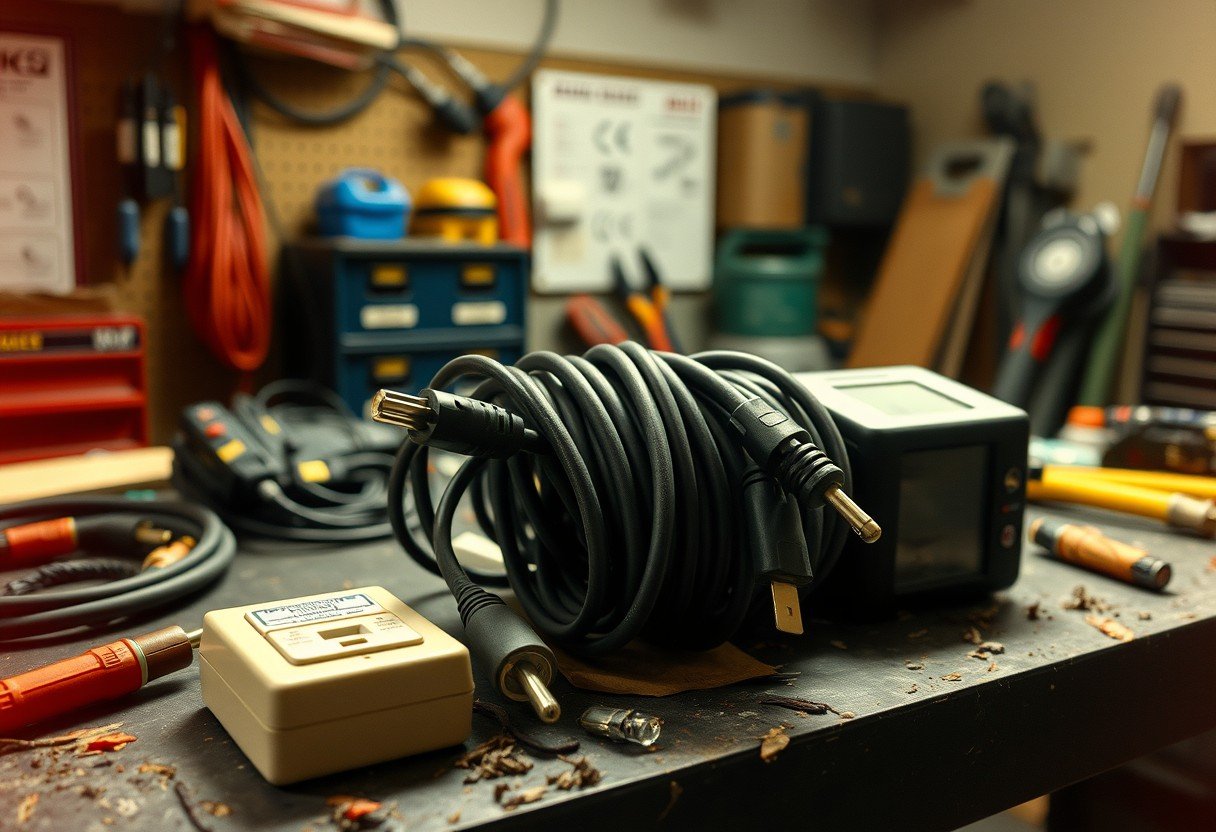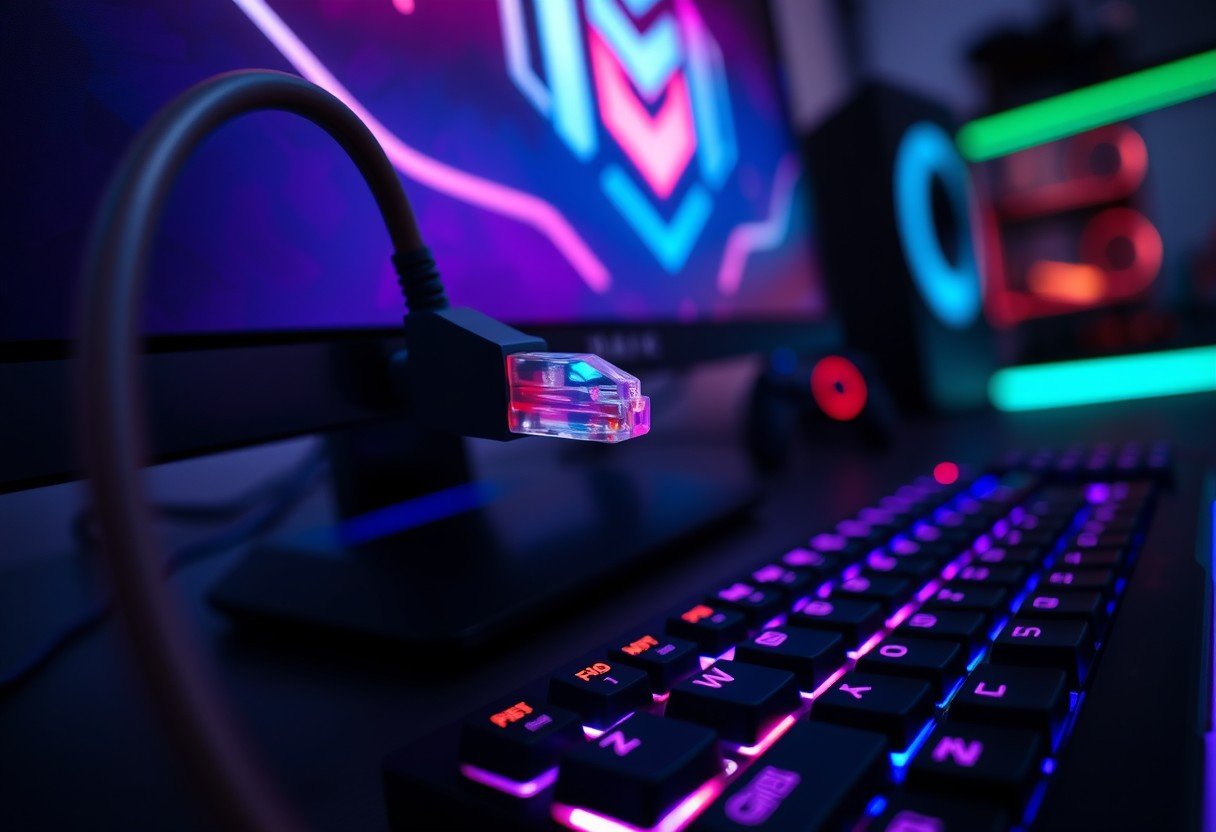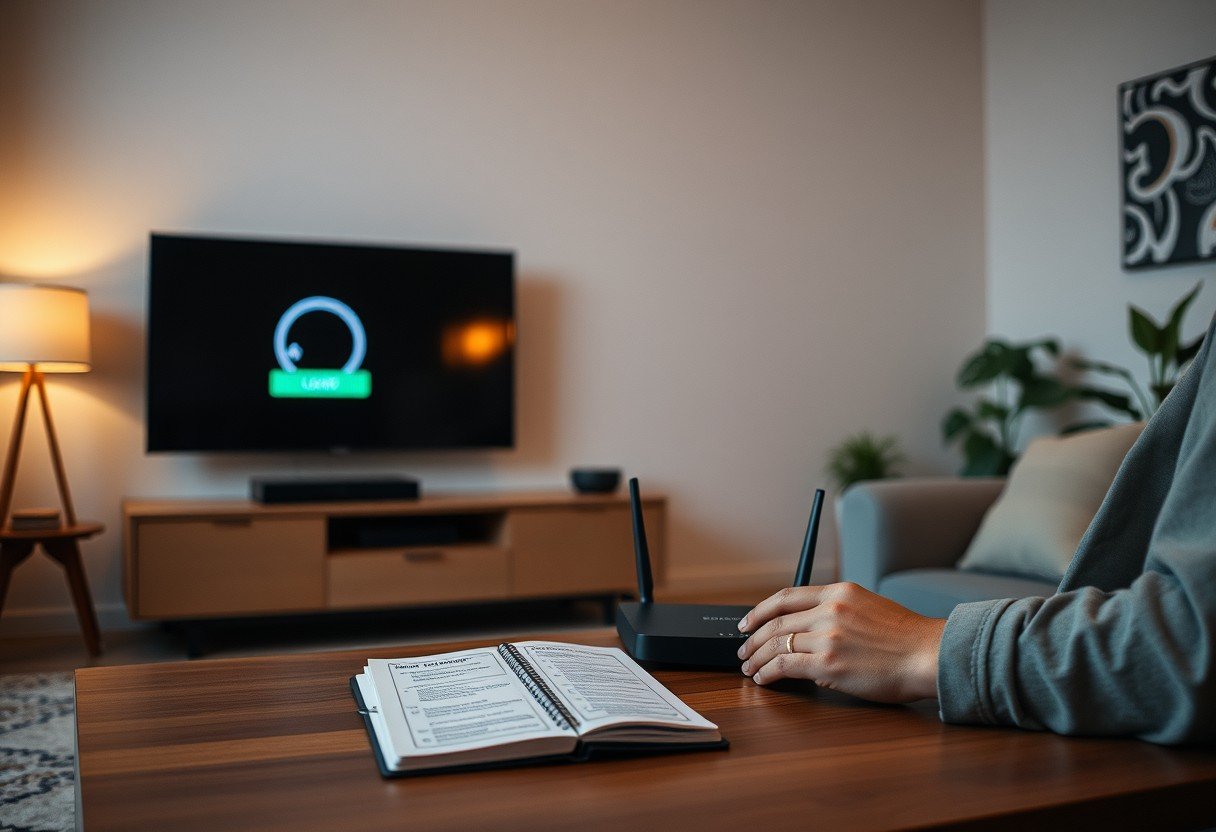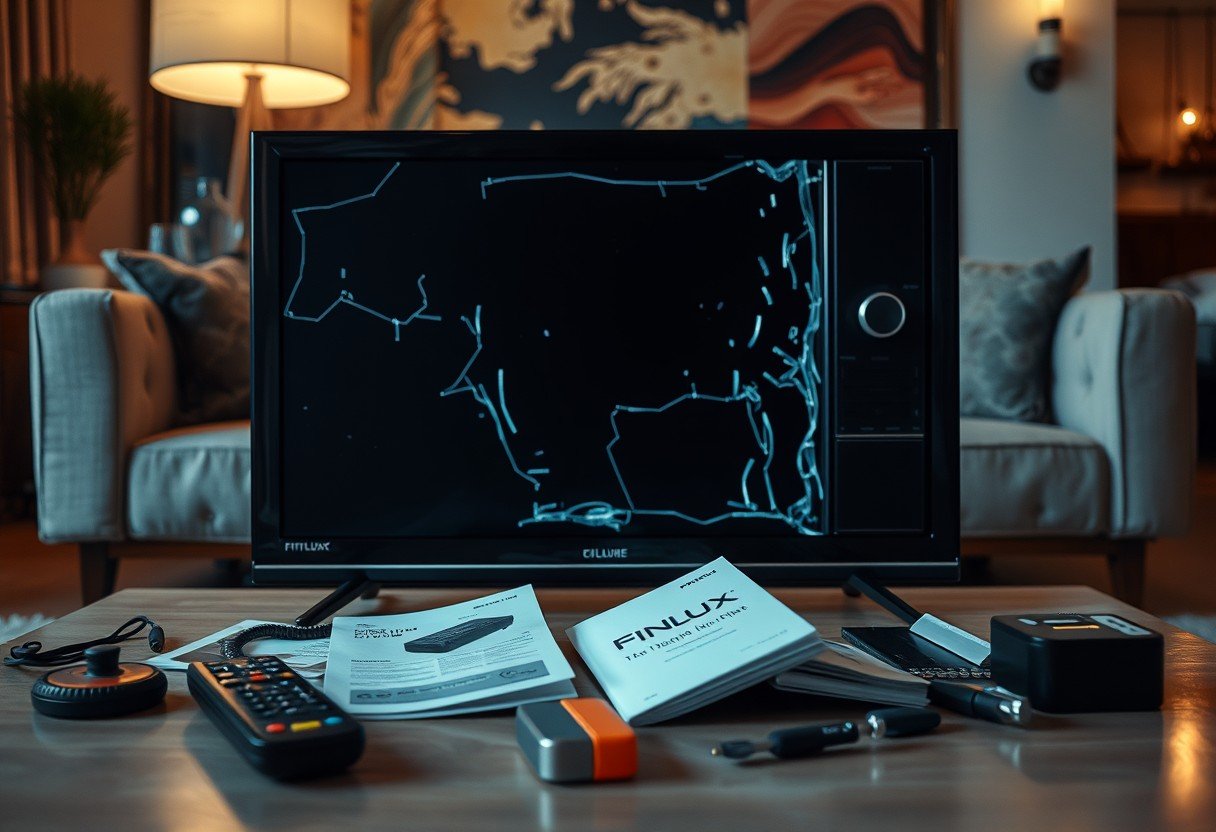Most people plug expensive computers and TVs into a power strip, thinking their gear is safe. This is a huge mistake. A basic power strip offers zero protection from electrical surges that can destroy your electronics in an instant. This guide explains what a real surge protector does, how to tell the difference, and the best ways to keep your valuable tech safe from hidden electrical dangers.
Power Strip vs. Surge Protector: What’s Really Inside?
At a glance, a power strip and a surge protector can look exactly the same. They both have a cord, a plug, and multiple outlets. This lets you power several devices from a single wall socket. However, the components inside them are completely different.
A simple power strip is just an extension cord with extra outlets. Its only job is to give you more plugs and a longer reach from the wall. It sends raw, unfiltered electricity directly to whatever you plug into it.
A surge protector, on the other hand, is a crucial safety device. While it also provides extra outlets, its main function is to defend your electronics from power surges. These are sudden, intense spikes in voltage that can permanently fry your equipment.
When a surge protector detects a voltage spike, it immediately diverts the extra electricity away from your connected devices and safely into the ground wire. This simple action can save you from a very expensive and frustrating loss.
The Hidden Dangers of Using a Basic Power Strip
Plugging your computer or smart TV into a standard power strip is a serious gamble. These cords have no protective components inside. This creates a direct, unprotected path for electricity to flow from the wall right into your devices. If a power surge occurs, that high voltage travels straight through the strip and into your electronics, where it can instantly burn out sensitive circuits.
You might think surges only happen during big lightning storms, but they are far more common than that. According to the National Electrical Manufacturers Association (NEMA), over 60% of household power surges are created inside your own home.
These small but frequent spikes happen every time a large appliance, like a refrigerator or air conditioner, cycles on or off. Over time, these mini surges slowly wear down and damage your electronics, leading to unexpected failures down the road. A basic power strip gives you a false sense of security while offering no defense at all.
3 Simple Ways to Spot a Real Surge Protector
Since you cannot see the internal parts, you have to read the labels on the outside to know if you have real protection. If you have to guess, it is probably just a power strip. Before you plug in any valuable electronics, look for these three clear signs.
- A Joule Rating: This is the most important number to look for. A joule rating tells you how much energy the device can absorb before it fails. A basic power strip will not have one. For valuable items, look for a rating of at least 1,000 joules. The higher the number, the better the protection.
- Specific Wording and an Indicator Light: The device should be clearly labeled as a “Surge Protector” or “Surge Suppressor.” Most will also have a small LED light, often marked “Protected” or “Protection Working.” If this light is on, the safety features are active. If it is off or flickering, the device is worn out and needs to be replaced immediately.
- Safety Certification (UL 1449): Look for a certification mark from Underwriters Laboratories (UL). Specifically, you want to see the “UL 1449” standard printed on the device. This proves it has been independently tested and certified as a proper Surge Protective Device (SPD).
Choosing the Best Surge Protector For Your Needs
Once you know how to identify a real surge protector, it is important to understand that they are not all created equal. Spending a little more on a quality unit is a very smart investment for protecting your expensive gear.
Besides the joule rating, check the clamping voltage. This tells you what voltage level will trigger the device to start diverting the harmful power away. For this number, a lower voltage is better. A clamping voltage of 400 volts or less is good for most devices, while 330V is even better for sensitive electronics.
Also, consider the practical features you need. Make sure it has enough outlets and that they are spaced far enough apart for bulky plugs and power adapters. Many modern units also include protected USB ports for charging phones and tablets, as well as ports to protect coaxial and ethernet cables.
| Feature | Recommendation for Basic Items (Lamps, Fans) | Recommendation for Sensitive Electronics (PC, TV) |
| Joule Rating | 600 to 1,000 Joules | 2,000+ Joules |
| Clamping Voltage | 400V or less | 330V or less |
| Additional Ports | Not necessary | Coaxial, Ethernet, USB recommended |
Essential Safety Rules for Using Power Cords
Whether you are using a simple extension cord or a high-tech surge protector, safety is extremely important. The U.S. Consumer Product Safety Commission (CPSC) reports that extension cords cause thousands of fires and injuries each year. Following some basic rules can prevent serious accidents.
First, never plug in appliances that use more power than the cord is rated to handle. Overloading a cord can cause it to dangerously overheat and become a fire hazard. Always check the amperage or wattage rating on the cord’s tag.
Before using any cord, give it a quick inspection for damage like cracks in the plastic or frayed wires. If a cord ever feels hot to the touch while in use, unplug it right away. It is always safer to replace a damaged cord than to attempt a repair.
Finally, never run a cord under a rug, carpet, or furniture where it can be damaged or overheat. Most importantly, never plug one power strip into another one. This practice, known as “daisy-chaining,” can easily overload the circuit and start a fire.
When You Should Consider a Permanent Power Solution
If your home is filled with extension cords and power strips, you should think about safer, more permanent solutions. Both types of cords are designed for temporary use, not as a permanent replacement for your home’s wiring.
For any area where you always need more outlets, the safest option is to hire a licensed electrician to install more wall outlets. This gets rid of the clutter and tripping hazards of loose cords while being a much safer long term setup.
For the best protection possible, you can also have a whole-house surge protector installed. An electrician wires this device directly into your main electrical panel. It is designed to stop large, external power surges from ever entering your home’s wiring, protecting every outlet and appliance at once.
Frequently Asked Questions
Are power strips and surge protectors the same thing?
No, they are very different devices. A power strip is just an extension cord that provides extra outlets, while a real surge protector has internal circuits that defend your electronics from damaging voltage spikes and will be labeled with a joule rating.
How can I tell if my power strip is a surge protector?
Look for three key things on the device: the words “Surge Protector,” a specific joule rating (e.g., “1,500 Joules”), and a “Protected” indicator light. If it is missing these features, it is just a basic power strip.
What is a good joule rating for my computer?
For expensive electronics like computers, home theater systems, and gaming consoles, you want a high level of protection. Look for a surge protector with a joule rating of at least 2,000 joules for the best defense against power surges.
Is it safe to plug a surge protector into an extension cord?
You should never do this. Plugging a surge protector or power strip into an extension cord is called “daisy-chaining” and it can overload the cord and the wall outlet, creating a major fire risk. Always plug your surge protector directly into a wall outlet.
How often should I replace my surge protector?
The protective components inside a surge protector wear out over time with each small surge they absorb. It is a good practice to replace your surge protectors every 3 to 5 years, or immediately after a major electrical event like a nearby lightning strike.









Leave a Comment